The children got excited and started reciting the rhymes that they knew and then we discussed about how 'Twinkle Twinkle little star', was about curiosity and how 'Johnny Johnny, 'Yes papa!'' was a funny poem/rhyme.
We also discussed about how every poem had a title followed by the poet's name. Then I asked children if they would like to come up with their own poems. Rishi got excited about the idea of signing his own name as the poet and said he wanted to attempt one. He then rattled off so spontaneously that I had to rush for a pen to jot down his ideas. He chose to make a poem about his favourite colour, blue. His poem went like this:
"Blue, blue,
How you got into the sky?"
He paused and when I asked if he wanted to add few more lines, he said,
"You are so beautiful,
You are so cute."
And then he came up with a title, "Blue ".
After jotting down his poem on the board, I asked him, "What would be the poet's name?" a
He answered that with an air of pride, "Rishi Mukherjee!"
This left me in awe of how a four year old could come up with a poem personifying his favourite colour and having a conversation with it. At Sparkling Mindz, we are inspired to trust and respect children as capable learners; and this was a reassurance for me as a facilitator, that when we do so, we create an atmosphere of trust and acceptance that inspires a child to explore his potential.
#reggioemiliainspiredlearning
#sparklingmindzglobalpreschool
#inspiringconfidentlearners
#creativity
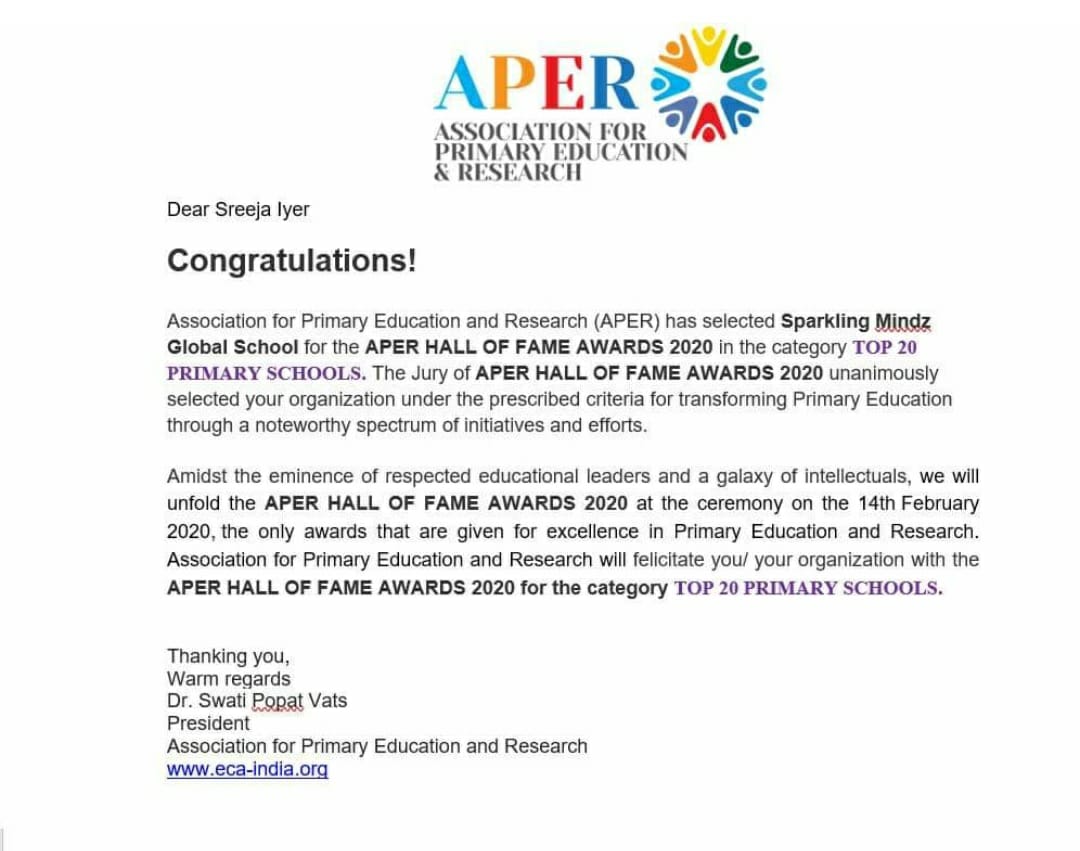
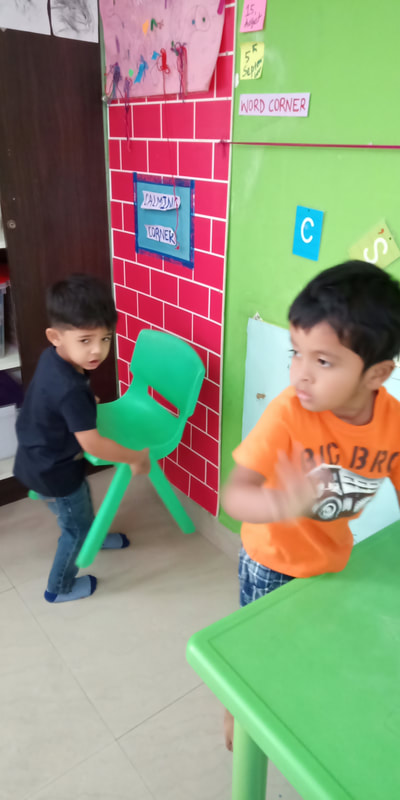
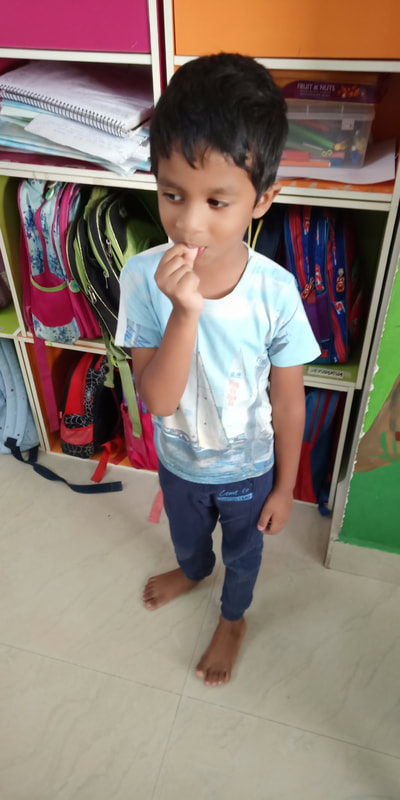
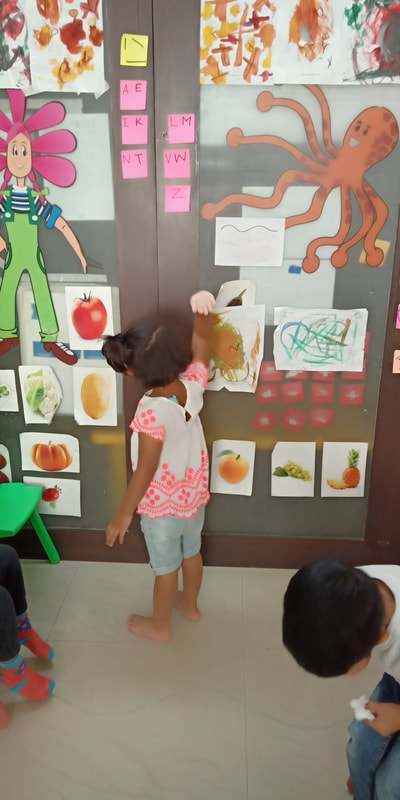
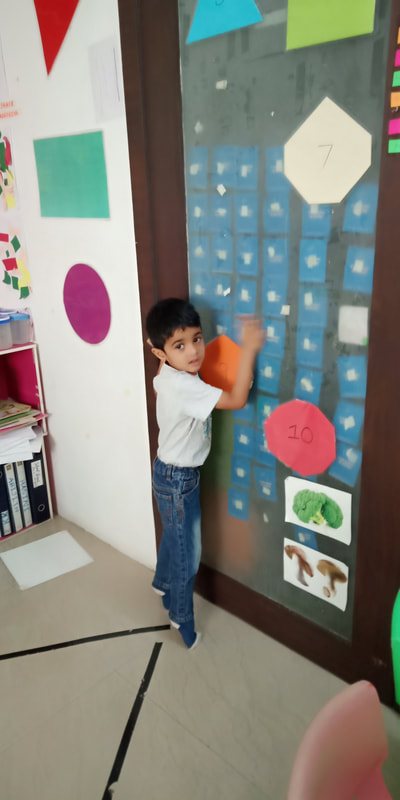
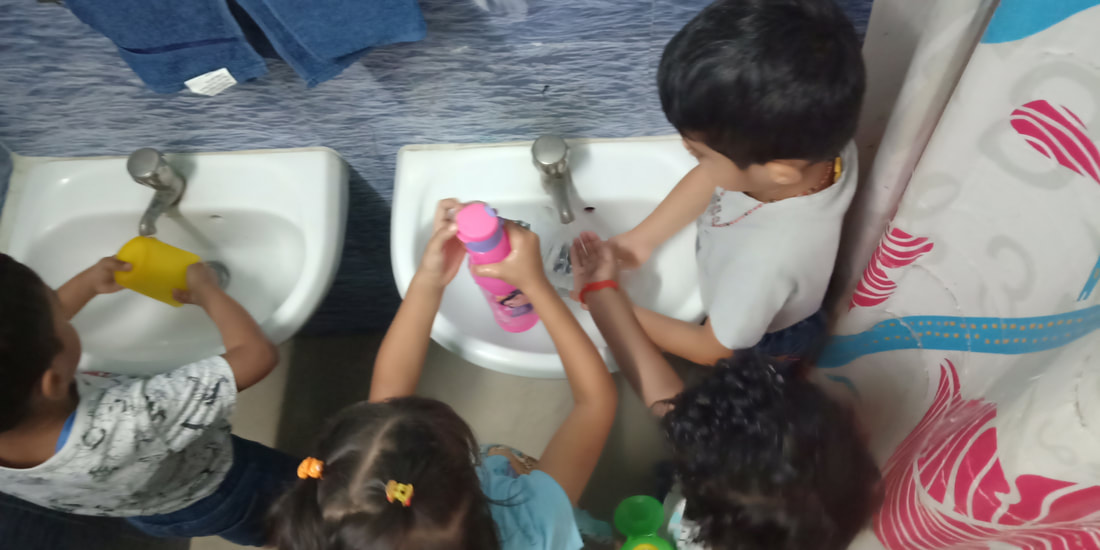
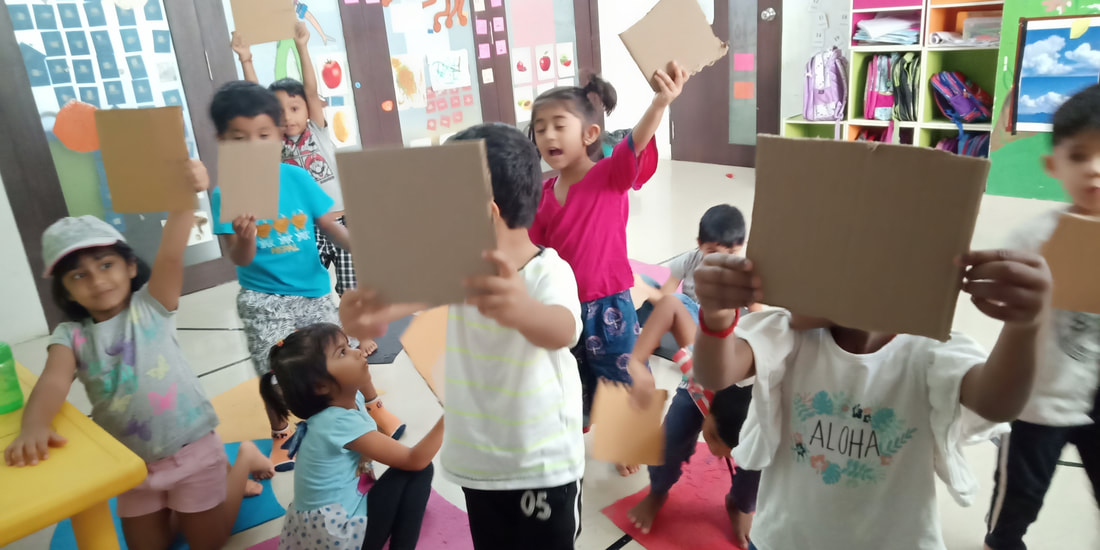
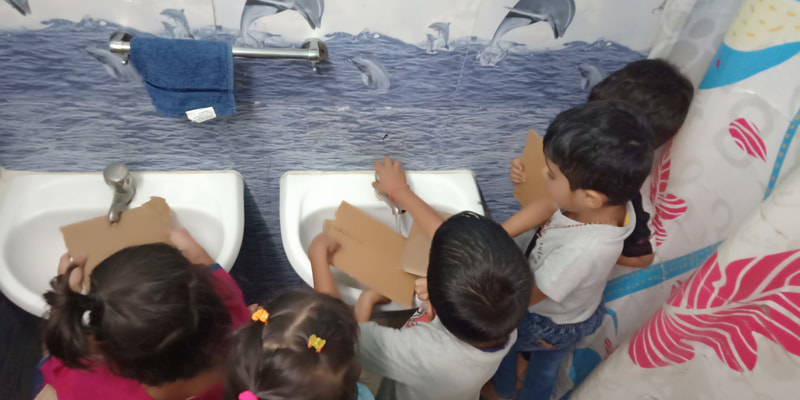
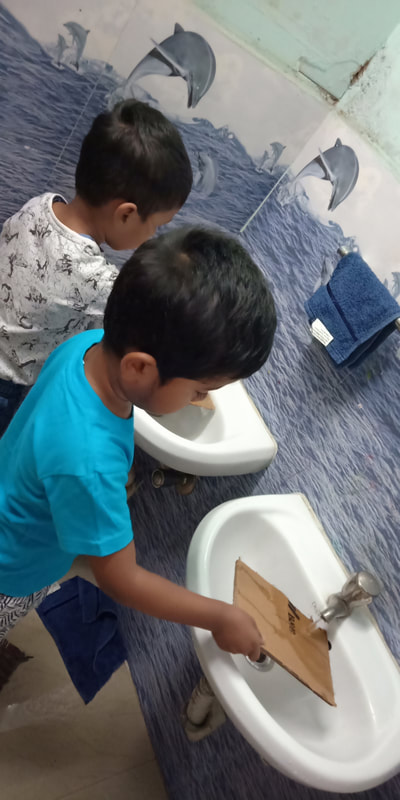
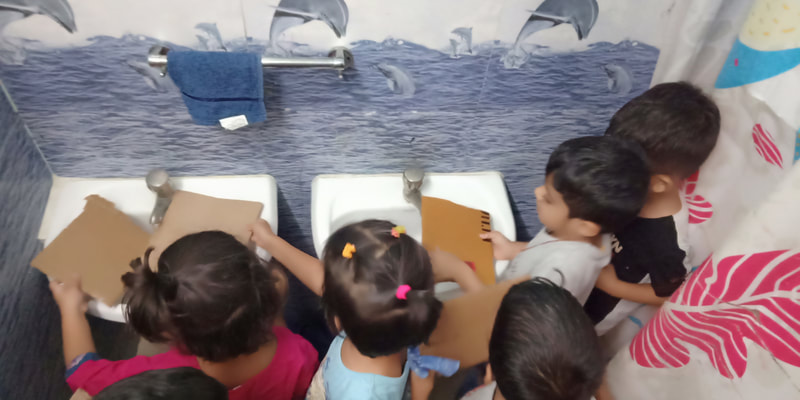
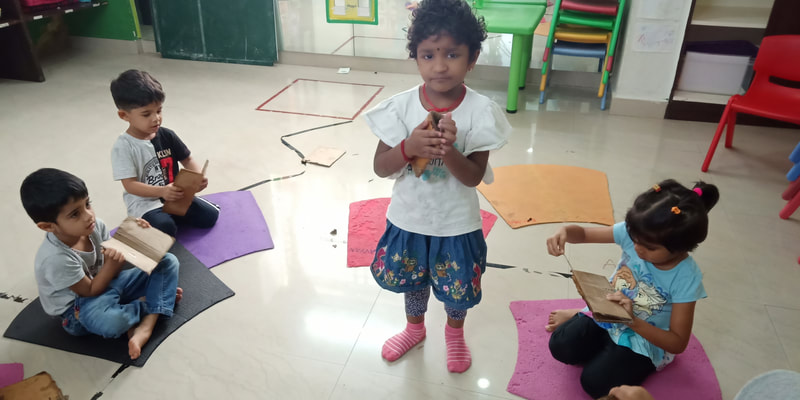
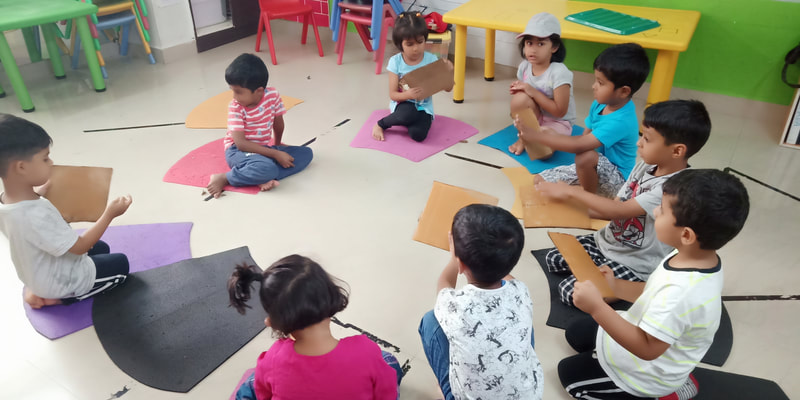
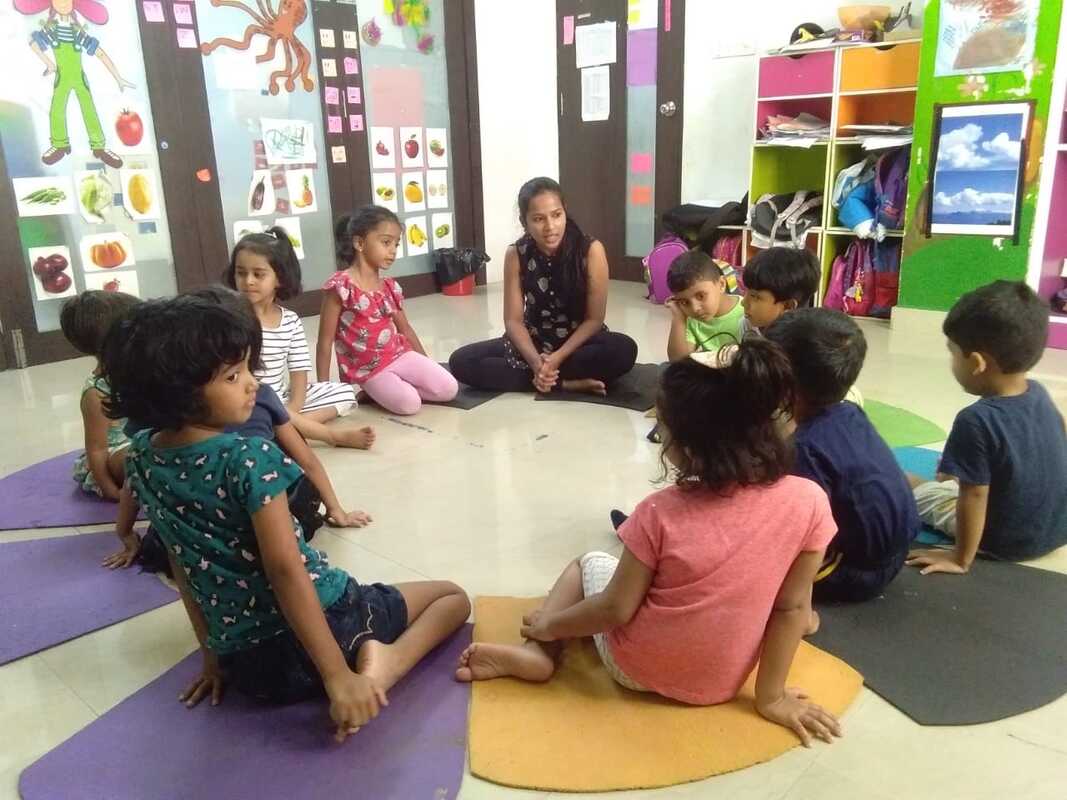
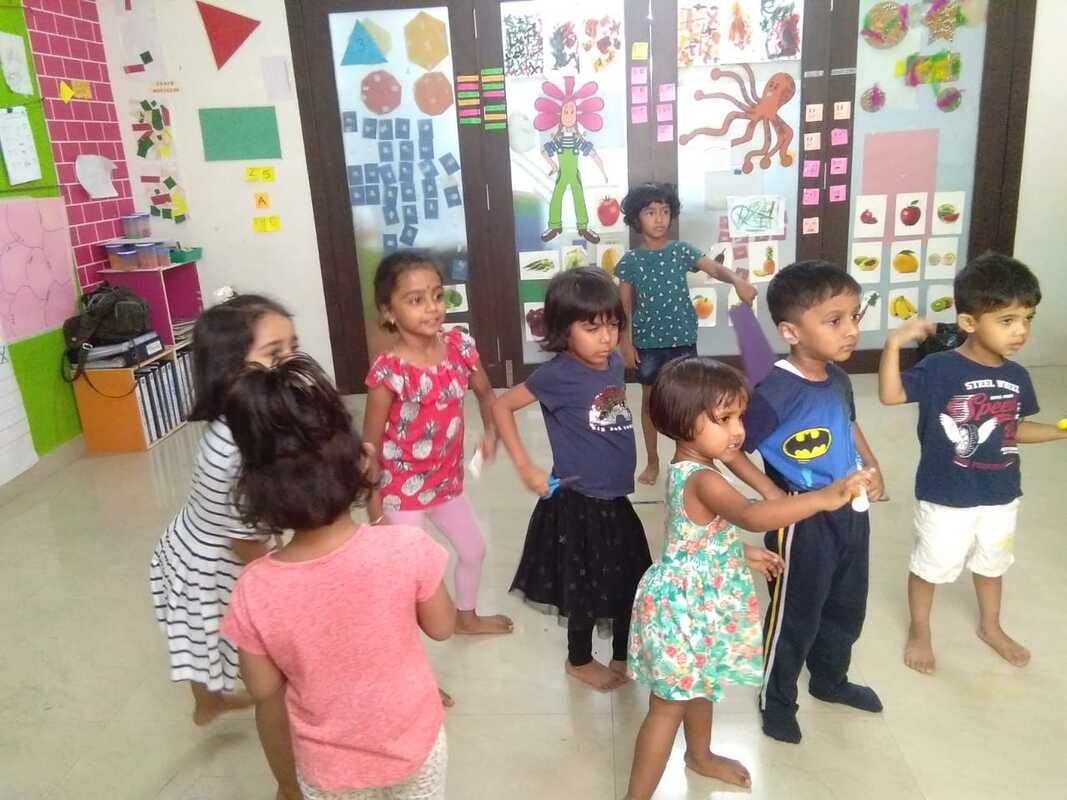
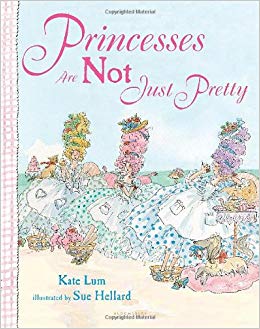
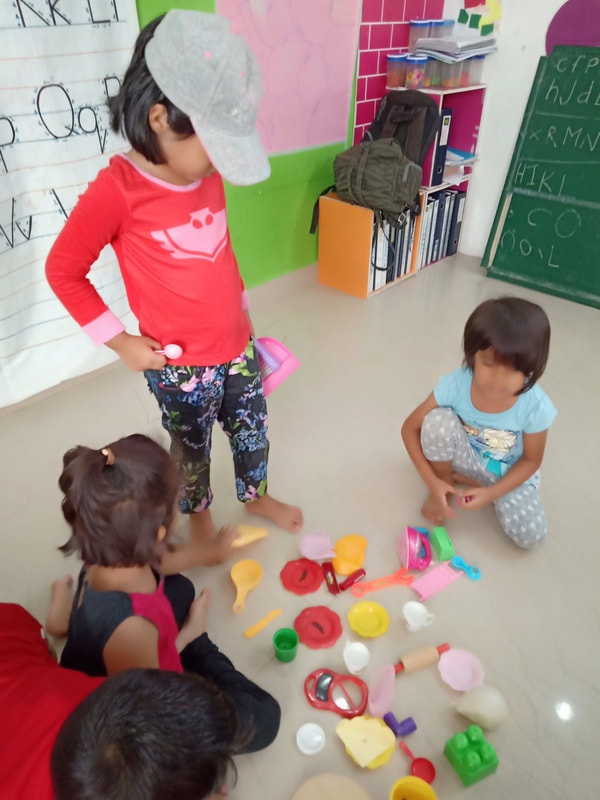
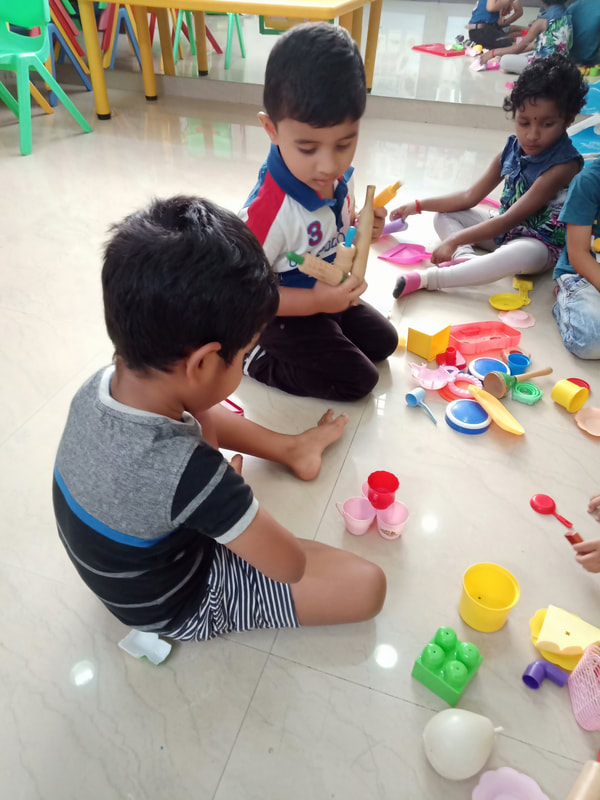
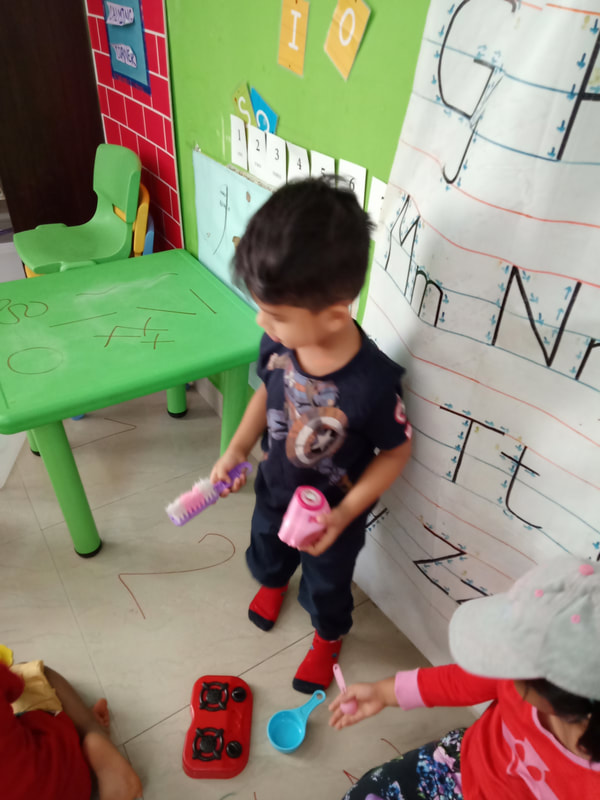
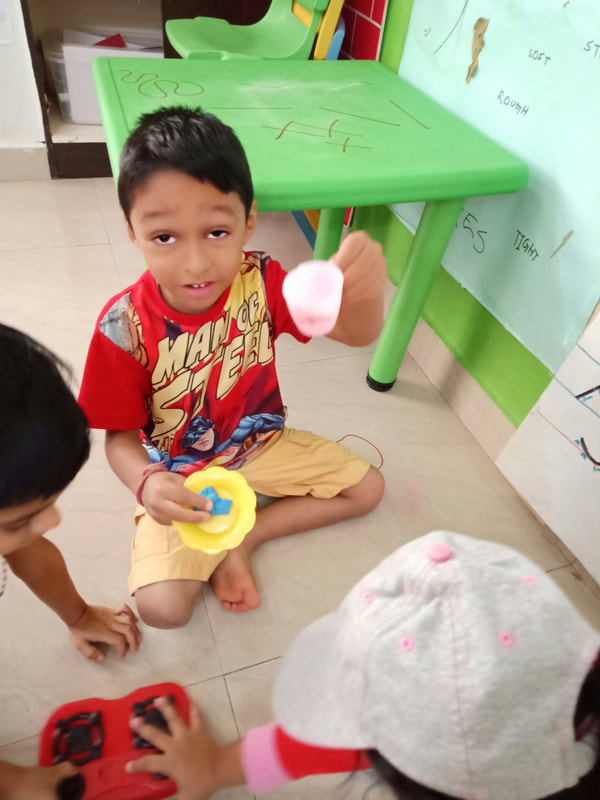
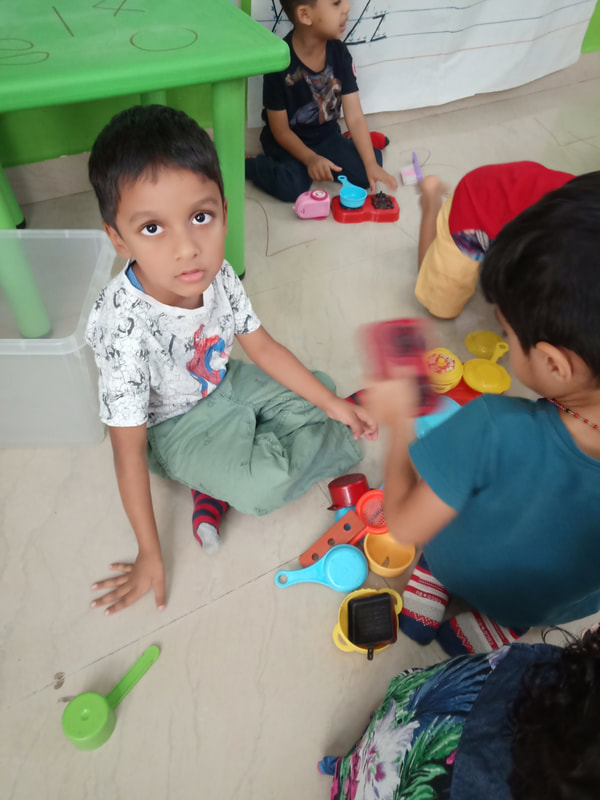
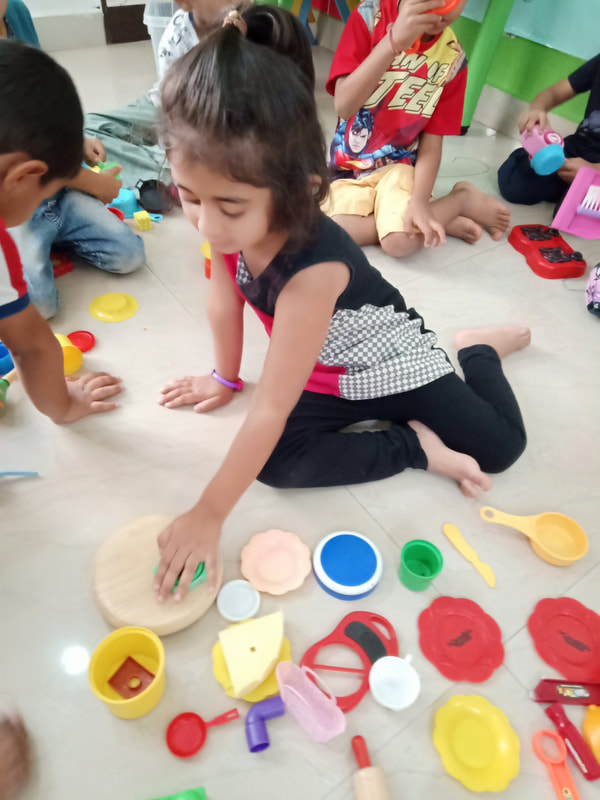

 RSS Feed
RSS Feed